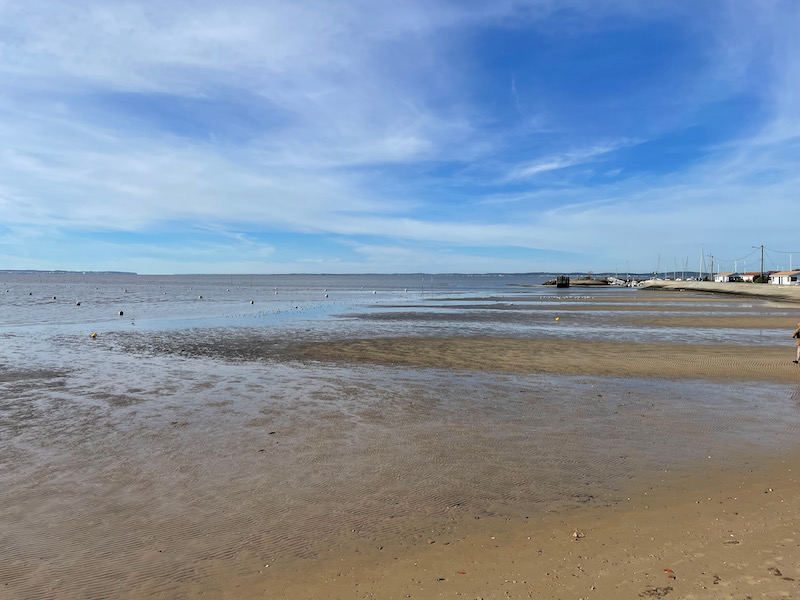Our Blog - Andernos-les-Bains, France
We spent a day on the other side of the Arcachon Basin, walking through the seaside resort of Andernos-les-Bains. Evidence of human presence here has been here dated back to the Paleolithic Era. A Mesolithic site and a 2nd from the Neolithic were discovered on the banks and at the mouth of the Bétey stream, yielding an important material of flint and cut stone, but also pottery. Between the 11th century and the 19th century, there was a small fishing village here, but not really much else. That changed in the 19th century when the railway came to town. With the popularity of sea bathing and the easy access with the railway, the town expanded under the leadership of its senator-mayor Louis David. It was then that the town of "Andernos" became Andernos-les-Bains.
During the Gallo-Roman period, on the edge of the Arcachon basin, there was an important villa of which a small part has been preserved just next to a church. These substructures, which date from the 4th century, were discovered in 1903-1905. Early on, it was thought to be a Christian basilica, but the current thinking is that it was a villa since it has the typical architectural characteristics of the Gallo-Roman villas of this area.

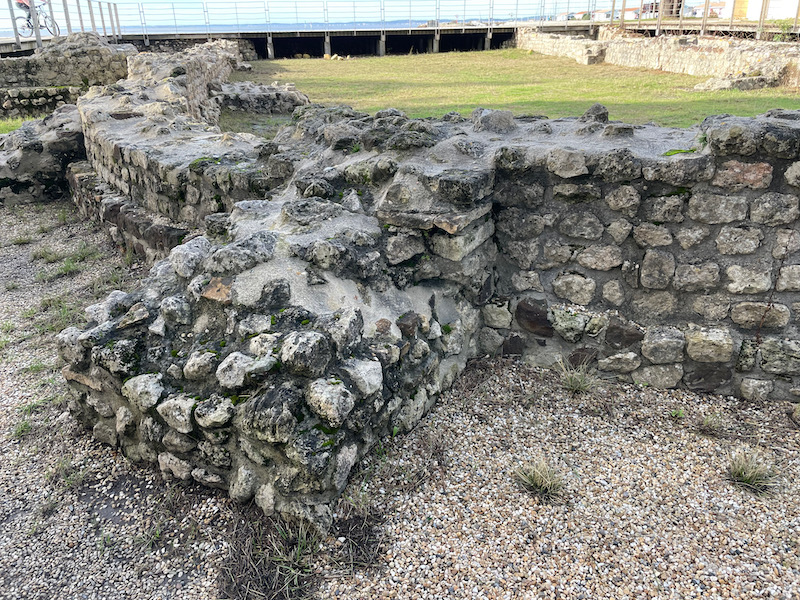
The church that you could see in the background is the Romanesque church of Saint-Éloi, that was built in the middle of the 11th century. In medieval times, the cemetery of church sat on top of the Gallo-Roman ruins. Originally, it was a very small Romanesque church with a single nave. It was enlarged in the 15th and 19th centuries by adding side aisles. The modern bell tower was erected from 1896 to 1898, replacing an old campanile that had been taken down by a lightning strike.

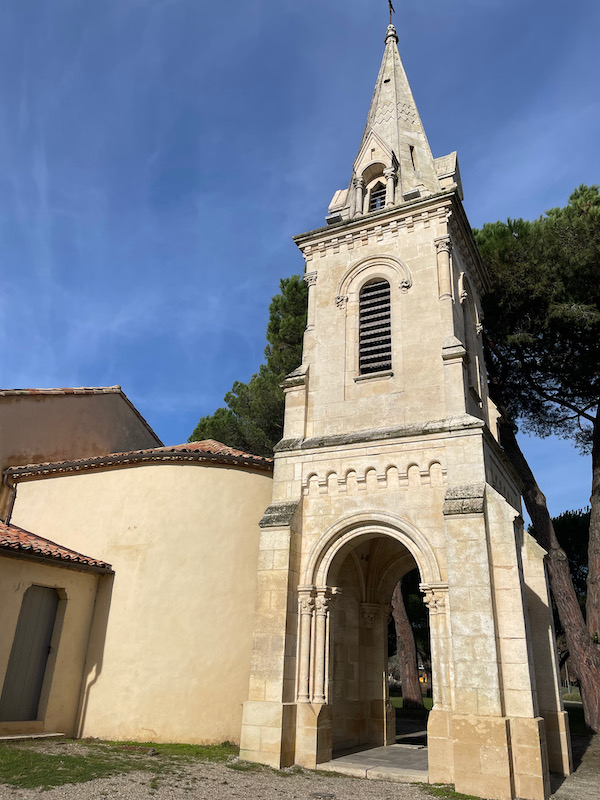
Inside, you can clearly see the Romanesque style with the rounded arches. The nave and side aisles have barrel vaults, while the nave has a flatter wooden ceiling that has been painted. It depicts the raging sea; representing the torments of earth and hell, the poor fishermen are drawn towards paradise in the center of the net.


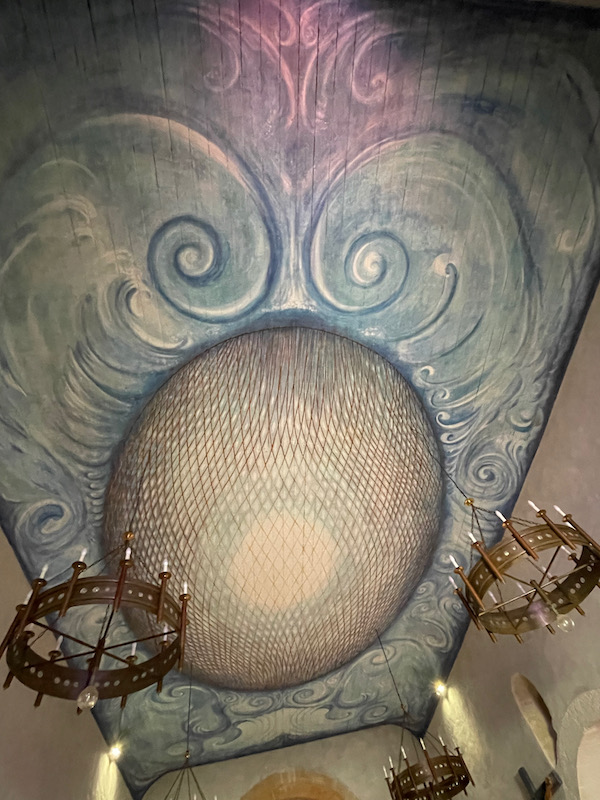
The apse, again very much Romanesque in style, has interesting frescoes in the dome.

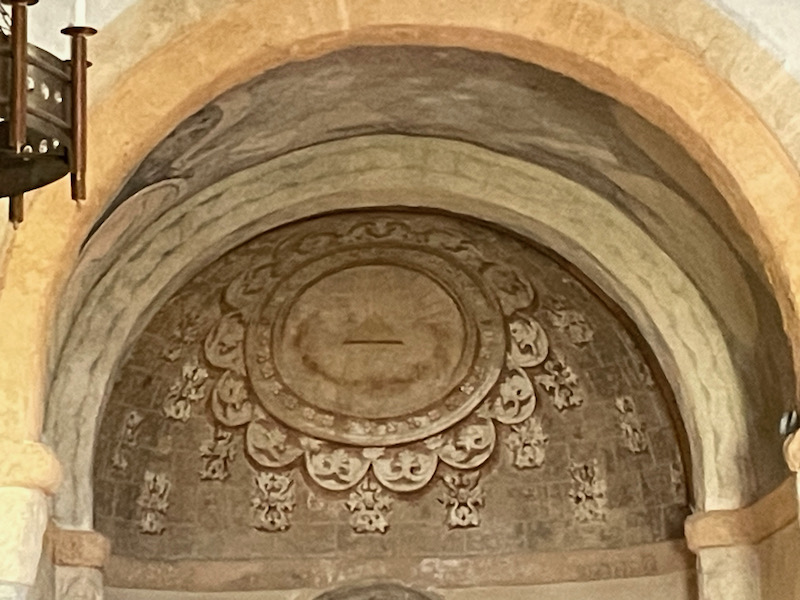
When it became a popular resort, lots of villas popped up all over town. There was a nice walking tour that took us around town to visit some of them and I just have a couple that I show you (some are in better shape than others, and some are almost impossible to get a good view of). The first is this one, the current town hall, was built in 1908 by a wealthy landowner. But instead of keeping it, he gave it to his mistress. You can see the original name, Tijuka, on the front. He had owned a large estate in Brazil and named his villa after a mountain near Rio de Janeiro. Like many of the villas that you will see, it has some nice enamel tiles on the front.



You can only see the top half of the Villa Diogene. It was built in 1908 in an Art Nouveau style, which used earthenware tiles.
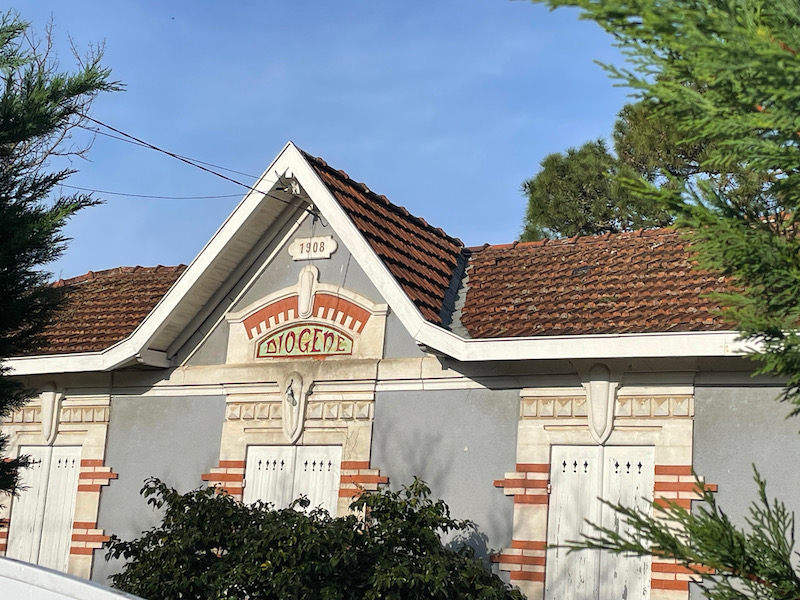

The pier was built in 1926 under mayor Louis David (inaugurated in 1928). In 1995-1996, in poor condition, it was rebuilt, widened and provided with a nautical stop. The pier is today considered the longest in France, extending 232 meters into the Arcachon Basin. The second picture is a bit further up the beach, where the oyster farms (and oyster cabanes) are located. We timed the walk perfectly so that we could have a nice lunch of fresh oysters.

